Hyperloop, Jetpacks & More: 9 Futuristic Transit Ideas
Transit ideas
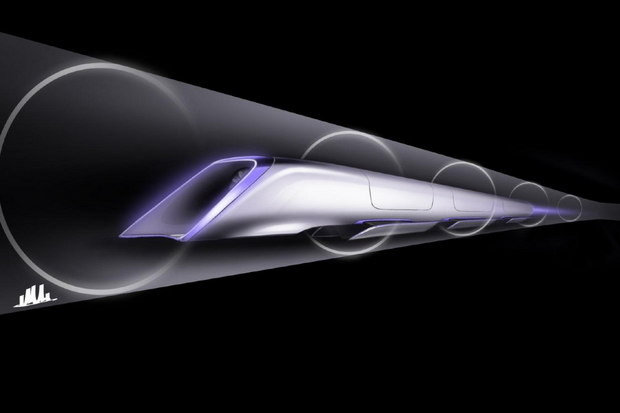
The Hyperloop transportation scheme proposed by billionaire entrepreneur Elon Musk has created quite a stir in transportation circles. But Musk is hardly the first to turn heads with a transport idea that's either brilliant or wacky.
Ever since man first dreamed of flight, humans have been trying to come up with a better way of getting from point A to point B.
While some of the following efforts are more creative than practical, all of them highlight the power of the human imagination to lift our spirits — even if they don't keep them aloft. [Photos of Super-Fast Hyperloop Travel Concept]
The flying car
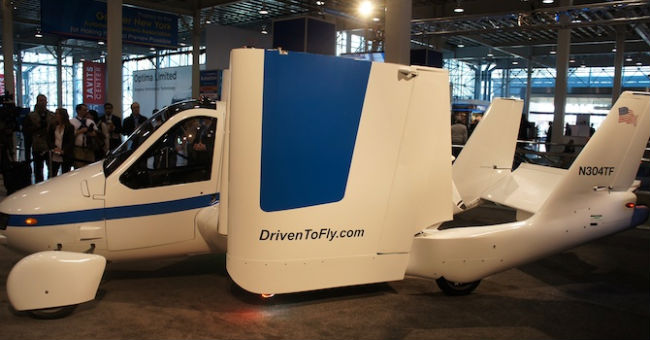
A few years ago, Terrafugia developed the Transition, a $279,000, street-legal vehicle that converts from auto mode to airplane mode in less than a minute. It's even small enough to fit into the average American garage. But why stop there? Terrafugia has now announced the TF-X, a four-seat, plug-in hybrid electric flying car with fly-by-wire vertical takeoff and landing (VTOL) capabilities. It's still in development, however, and probably will be for at least eight years. [What on Earth Is a Hyperloop?]
The pneumatic subway
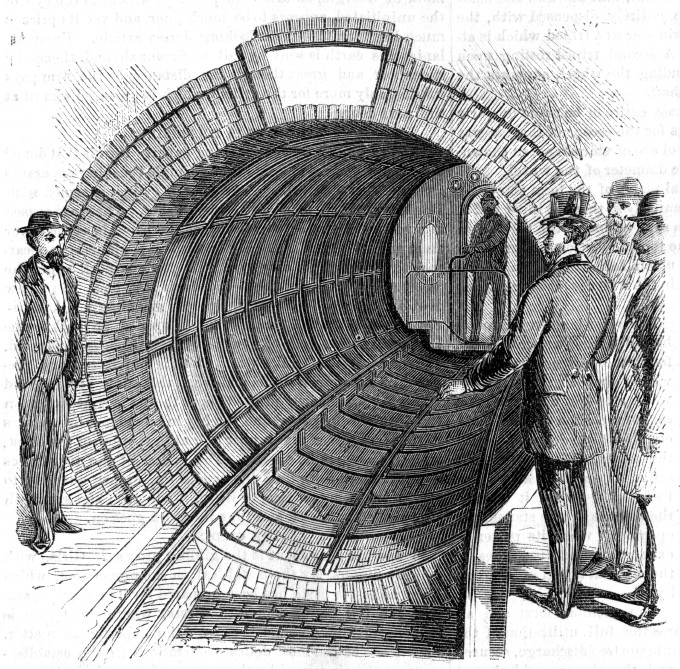
In 1869, just a few years after the end of the Civil War, Alfred Beach began construction of a pneumatic subway line beneath New York City. In Beach's prototype, one car traveled a single block under Broadway; in its first year of operation, about 400,000 passengers paid a quarter to ride one way and back. The line was powered by a 48-ton fan, which pushed the car one direction; when the car reached the end of the line, the fan was reversed and the car was pulled back the other direction. A similar pneumatic railway operated beneath London's Crystal Palace Park in the 1860s.
The space elevator
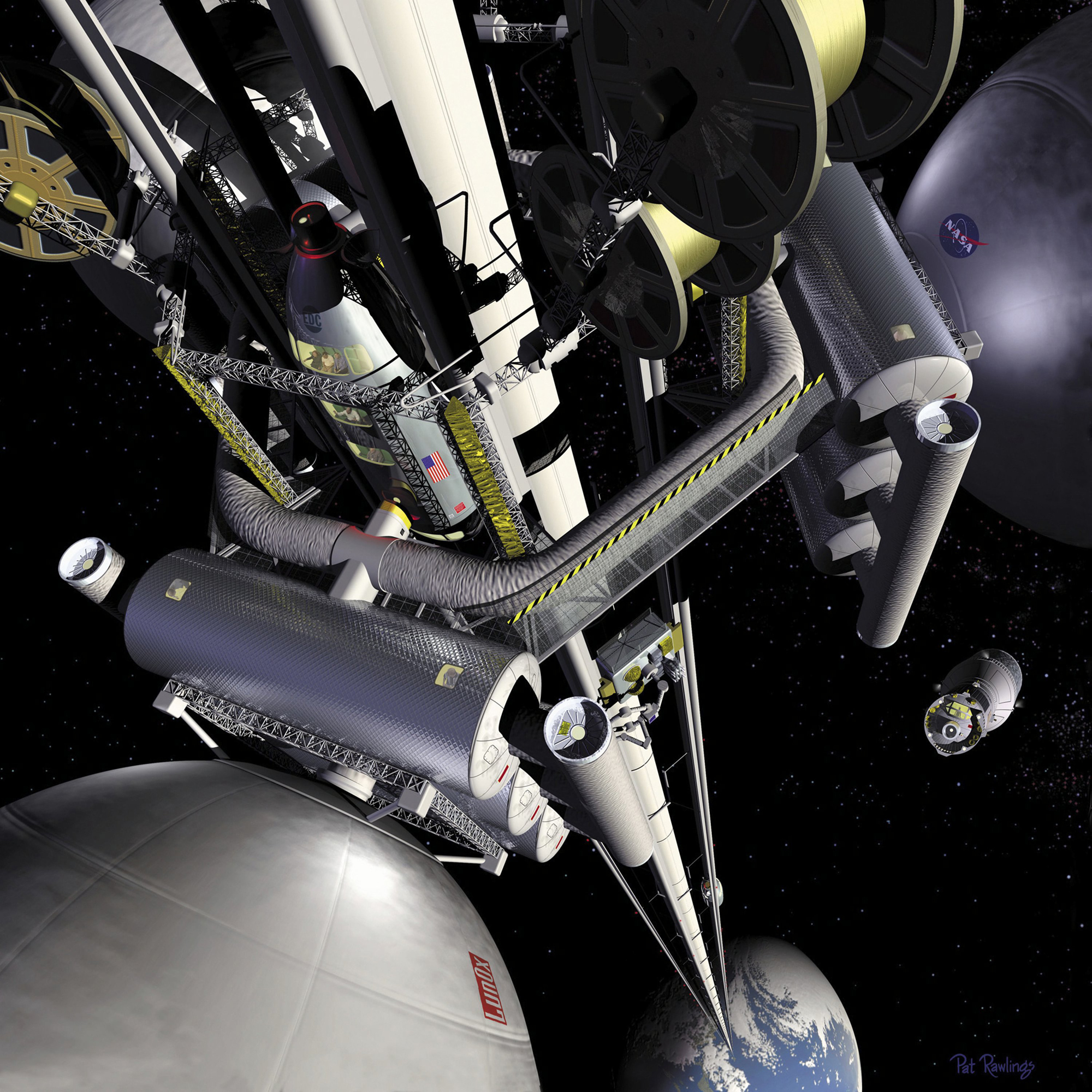
When Frank Sinatra crooned, "fly me to the moon," he probably thought that was the easiest way to get there. But why fly when you can take a space elevator? LiftPort Group, a company headed by Michael Laine (a former NASA researcher), says it can build a space elevator on the moon using existing technology, including ultrastrong carbon nanotube composite ribbon stretching about 62,000 miles (100,000 kilometers) from Earth into space. And there may even be a space-elevator race going on: Obayashi Corp. of Japan has a goal of building a space elevator by 2050.
The jetpack
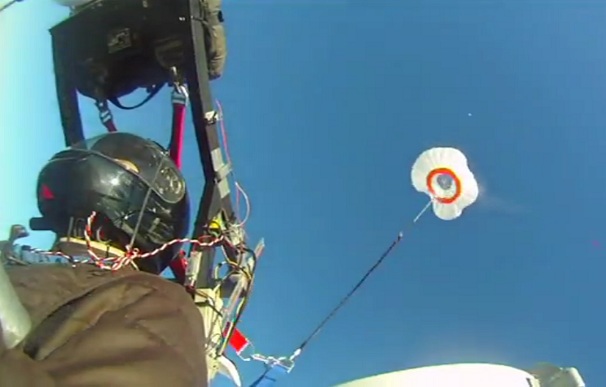
Perhaps no other transport technology has elicited more demand than jetpacks, the strap-on devices that promise to someday propel individuals through the air (they've even inspired an indie-rock band named We Were Promised Jetpacks). And jetpacks do exist: New Zealand-based Martin Aircraft Company has created a large, noisy but functioning jetpack that's not quite ready for prime time. "While there are a number of barriers to this presently," according to the company's website, "it is not inconceivable that at some stage in the future commuting via jetpack may become a reality."
Get the world’s most fascinating discoveries delivered straight to your inbox.
The Hovercraft golf cart
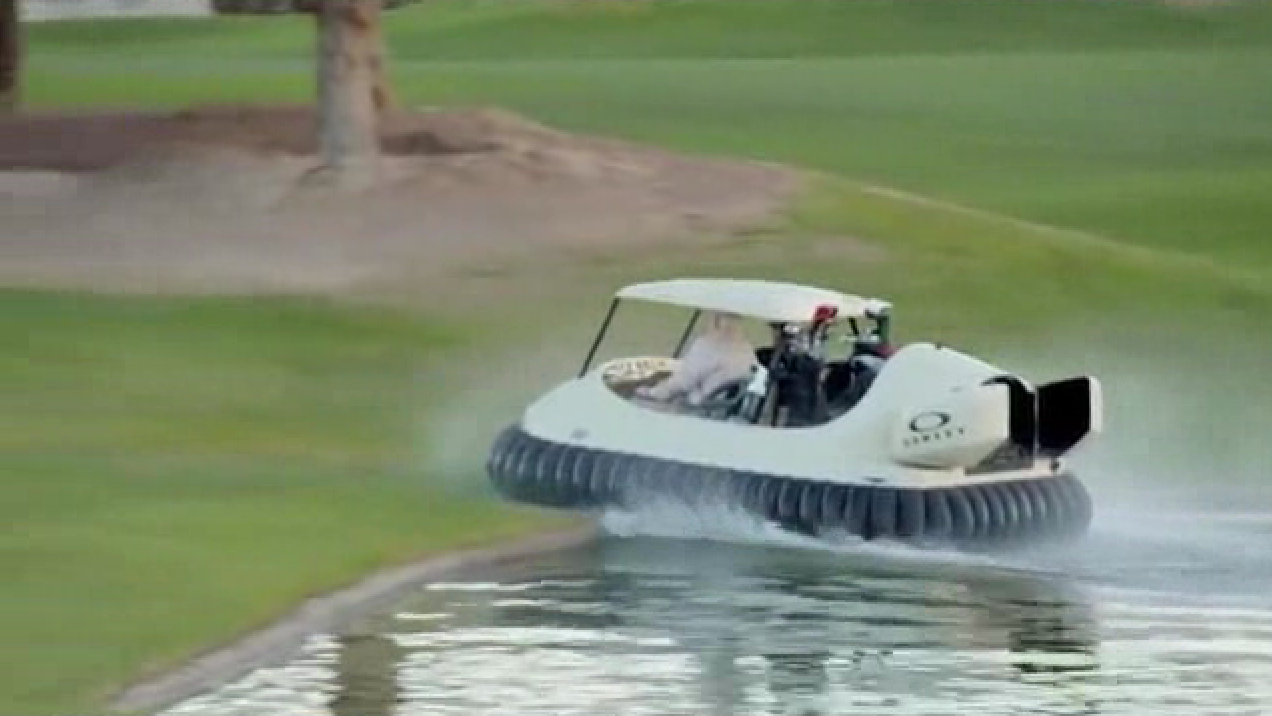
Your leisurely weekend golf game is about to get a lot faster: In July, the Windy Knoll Golf Course in Springfield, Ohio, debuted its hovercraft golf cart. The $25,000 vehicle floats above land, water or sand traps. But operating one isn't for every duffer: "You’ve got to have some technique and skill," Chris Fitzgerald, president of Neoteric Hovercraft, which has been developing hovercrafts for clients like the U.S. military, told Yahoo News. "It's not a device that's going to replace the golf cart. It's not something everyone can just get in and fly."
The Helios aircraft
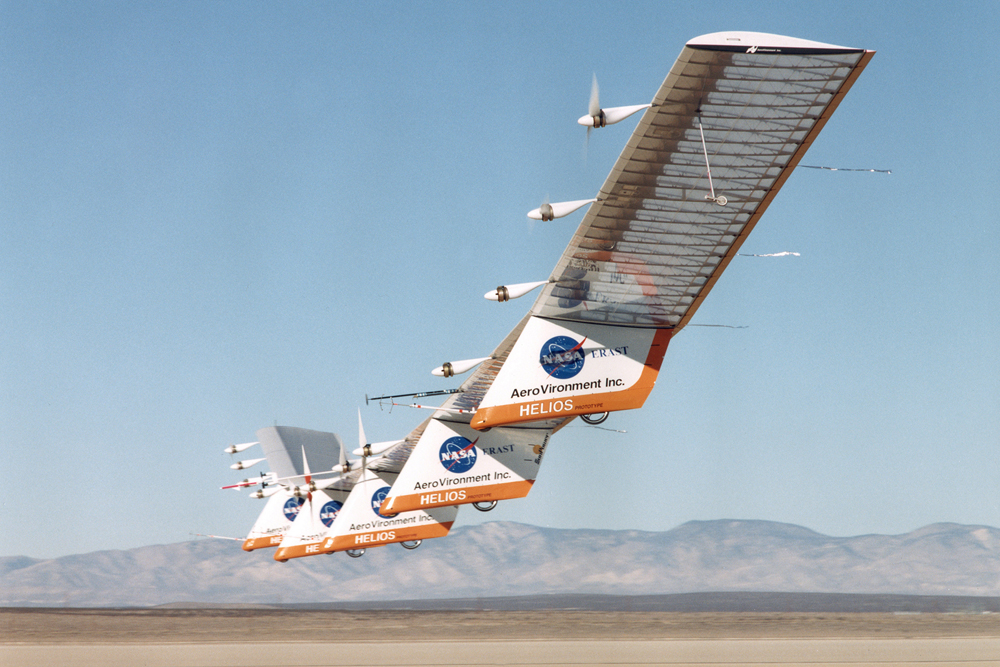
Depending on your point of view, there may be no lovelier or stranger-looking aircraft than the Helios, a solar-powered prototype that somewhat resembled a giant flying smile. Developed by NASA's Environmental Research Aircraft and Sensor Technology (ERAST) project and built by engineering firm AeroVironment, the Helios was designed to operate at high altitudes for long-duration flight. But as so often happens with experimental aircraft, the Helios met with a catastrophic end: In June 2003, after hitting some turbulence, the Helios broke apart and crashed into the Pacific Ocean near Hawaii.
The steam-powered airplane

Most historians now doubt that Orville and Wilbur Wright were the first to fly, since Gustave Whitehead is widely credited with flying a gasoline-powered airplane into the skies of Fairfield, Conn., in 1901 — two years before the Wright brothers' 1903 flight at Kitty Hawk, N.C. But even fewer people realize that steam engines were there all along, too. In 1933, two other brothers, George and William Besler, flew an airplane powered by a 150-horsepower steam engine. Their airplane had the unique feature of making very short landings because the steam engine was completely reversible. But steam engines never caught on because they tend to have low power-to-weight ratio.
The vertical takeoff
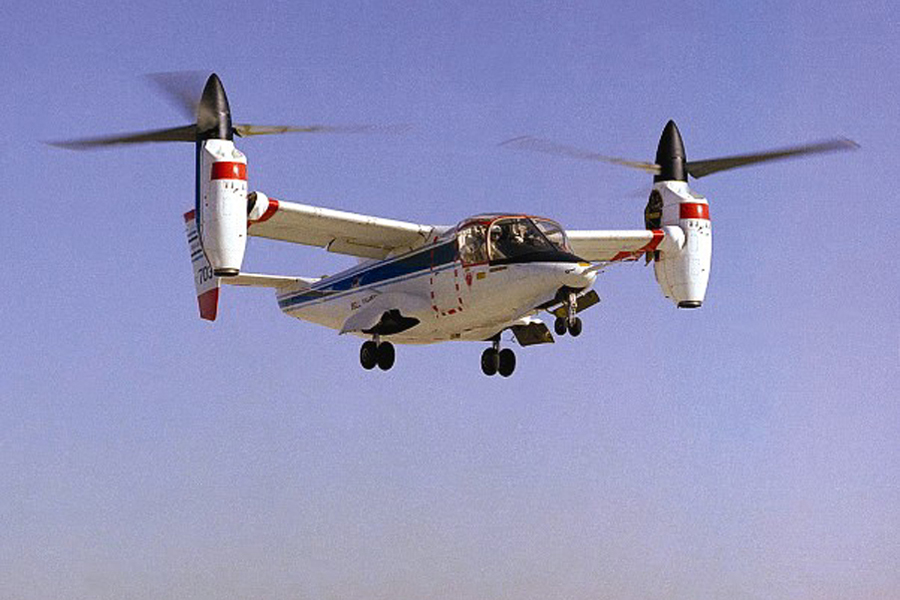
Vertical takeoff and landing (VTOL), which makes helicopters a preferred means of air travel in crowded cities, has long been a pipe dream of long-range aircraft designers. Dozens of VTOL concepts, such as tilt-wing and tilt-rotors designs, have been proposed over the years. Now, the Pentagon's Defense Advanced Research Projects Agency (DARPA) is taking a serious look at VTOL technology: "The engineering community is familiar with the numerous attempts in the past that have not worked," Ashish Bagai, DARPA program manager, said in a statement. "This time, rather than tweaking past designs, we are looking for true cross-pollinations of designs and technologies from the fixed-wing and rotary-wing worlds." Many aviation experts, however, are skeptical that the DARPA initiative will yield a VTOL aircraft that can have the best of vertical travel and long-range capability.
Hyperloop

The high-speed Hyperloop, which Musk has described as a "cross between a Concorde, a rail gun and an air hockey table," could travel at a blistering pace of 760 mph or so (1,220 km/h). That's double the speed of Maglev trains, which use magnets to create lift and thrust, and can travel fast because they do not have to contend with friction from wheels and axles on a rail. The Hyperloop system would be designed to accelerate 6.5-feet-wide (2 meters) pods through a low-pressure tube. Rather than riding on traditional rails, these Hyperloop pods would ride on a cushion of air, enabling them to reach such super speeds.



